I have a point1 in latlng format and a distance in meter format. Now my question is
How can I get Point2 by using the point1 and distance?
I found many related questions and just cannot understand their extended discussion.
I just want simple javascript formula or code to demonstrate me how to do the calculation.
Thank you very much.
Update:
The distance contains 2 directions: x and y
The X meters offset from the centre.
The Y meters offset from the centre.
And in here, centre is point1. So
point1 looks like : -34.127895, 140.56842
distance looks like: 3532 meter, 9211 meter
Update 2

I almost there, I found the formula to calculate the 3rd(unknown)side of the triangle. Now I have sin(wantedAngel) = sine(90)/(X*Y). Now I just want to know how to do the un-sin() math operation in Javascript. wantedAngel is bearing.
